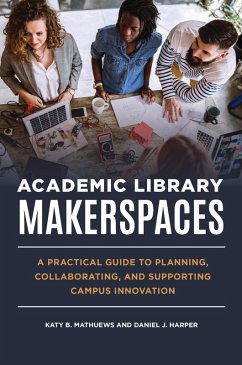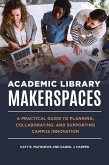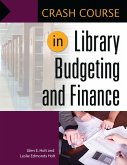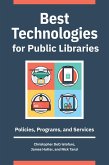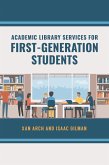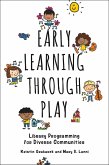Moving beyond simplistic equipment lists, this book provides contextual and practical information to help academic library personnel learn how to plan, collaborate, and sustain relevant makerspaces positioned within the broader ecology of campus innovation.
The makerspace movement within academic libraries has largely focused on providing space and equipment for making. Academic libraries, however, have a unique opportunity to push beyond the 3D printer to create makerspaces that complement the broader ecology of innovation happening on campus.
Intended for academic library personnel, this book is for those seeking guidance on how to establish a makerspace that is more than an equipment room. Katy Mathuews and Daniel Harper provide important context for the maker movement, a review of the process of making, and an overview of the various types of makerspaces, including the hub-and-spoke model, the centralized model, and the mobile makerspace.
Additionally, the book provides practical steps to consider, including situating the academic library makerspace within the campus environment, creating valuable collaborations on campus, finding innovative ways to support the entire making process, programming, curriculum planning, and sustaining daily operations such as staffing, funding, and public service.
The makerspace movement within academic libraries has largely focused on providing space and equipment for making. Academic libraries, however, have a unique opportunity to push beyond the 3D printer to create makerspaces that complement the broader ecology of innovation happening on campus.
Intended for academic library personnel, this book is for those seeking guidance on how to establish a makerspace that is more than an equipment room. Katy Mathuews and Daniel Harper provide important context for the maker movement, a review of the process of making, and an overview of the various types of makerspaces, including the hub-and-spoke model, the centralized model, and the mobile makerspace.
Additionally, the book provides practical steps to consider, including situating the academic library makerspace within the campus environment, creating valuable collaborations on campus, finding innovative ways to support the entire making process, programming, curriculum planning, and sustaining daily operations such as staffing, funding, and public service.

